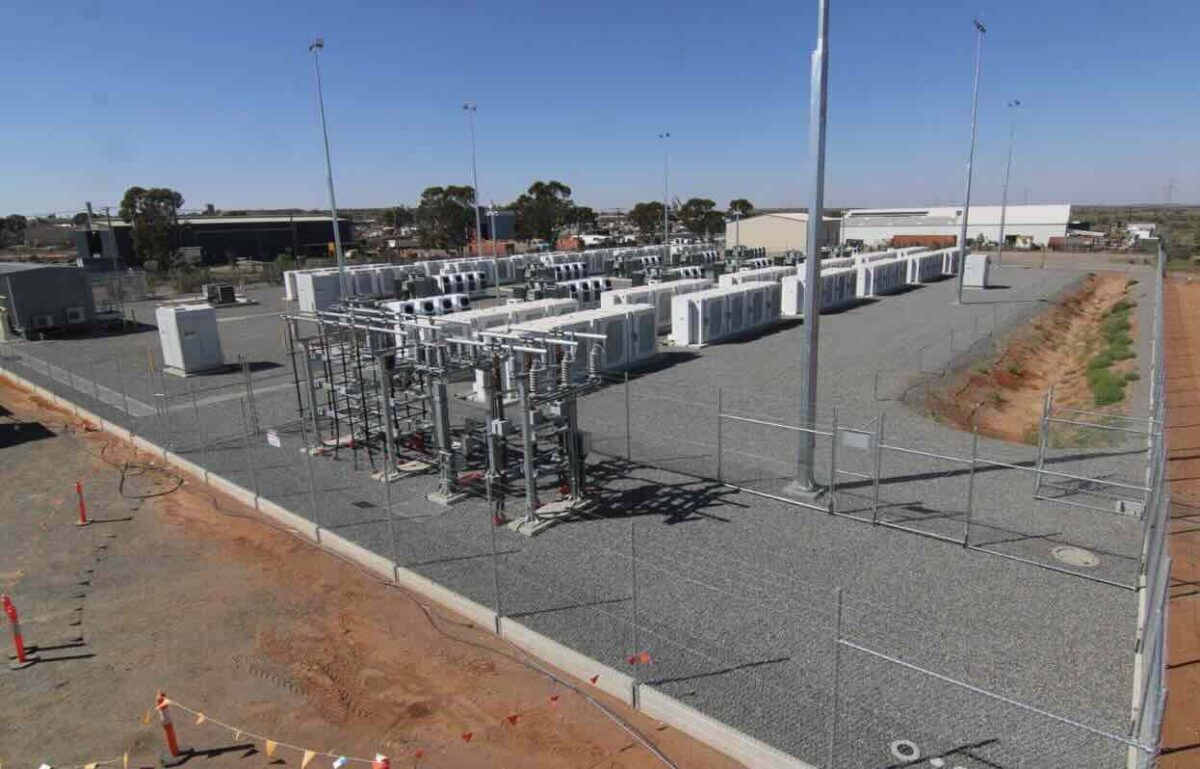The newly connected Broken Hill battery has helped NSW beat a short-lived record for battery charging and discharging, breaking the habit of a lifetime – in its case a whole week – to feed back into the grid in the morning peak rather than the evening peak.
The 50 MW/100 MWh Broken Hill battery, owned by coal giant AGL, has suffered lengthy delays in its connection process but is now finally working through its final commissioning process.
In the past week it has been regular as clock work in its charging and discharging patterns – loading up in the early afternoon where rooftop solar has pushed prices down, and then discharging at 6.30pm or 7pm into the evening peak, when the demand and prices are higher.
On Wednesday, however, the battery tried something different, charging overnight (around 4am when the prices were also low) and then discharging into the morning peak, when prices can also be high.

As it turned out, according to GPE NEMLog, the activity of the new battery helped set a new record discharge for batteries in NSW – up now to a combined 229 MW – while the charging on Tuesday in the middle of the day took the charging record to a new peak of 237 MW.
These peaks are expected to fall quickly as new batteries are added to the grid. The state of NSW currently has operating batteries at Wallgrove in Sydney, Riverina and Darlington Point in the south-west, and Queanbeyan near Canberra.
The new Broken Hill battery will soon be joined by another delayed project, the Capital battery in Canberra, that also looks like has finally started its commissioning process.
More batteries are being built at the New England solar farm, at Liddell and Eraring, and the biggest of all is the Waratah Super Battery – 850 MW and 1680 MWh – which is due to be completed in just over a year.
These batteries are mostly sized at or below two hours of duration because the focus has been on providing grid and network services. But as the share of renewables grows the call will be for longer duration batters.
Another three big batteries – all configured in eight-hour set-ups – have been contracted by the state government in its long duration tenders. They will be built at Limondale, Richmond Valley and Goulburn River.
See Renew Economy’s Big Battery Storage Map of Australia for more information.









